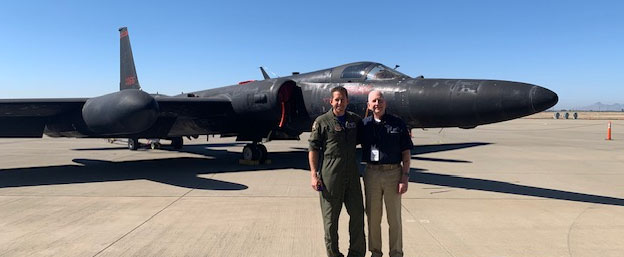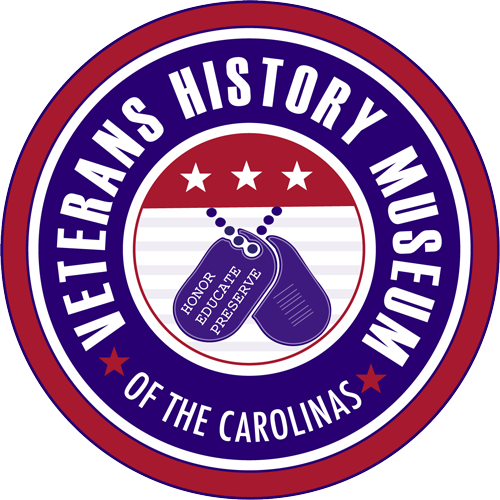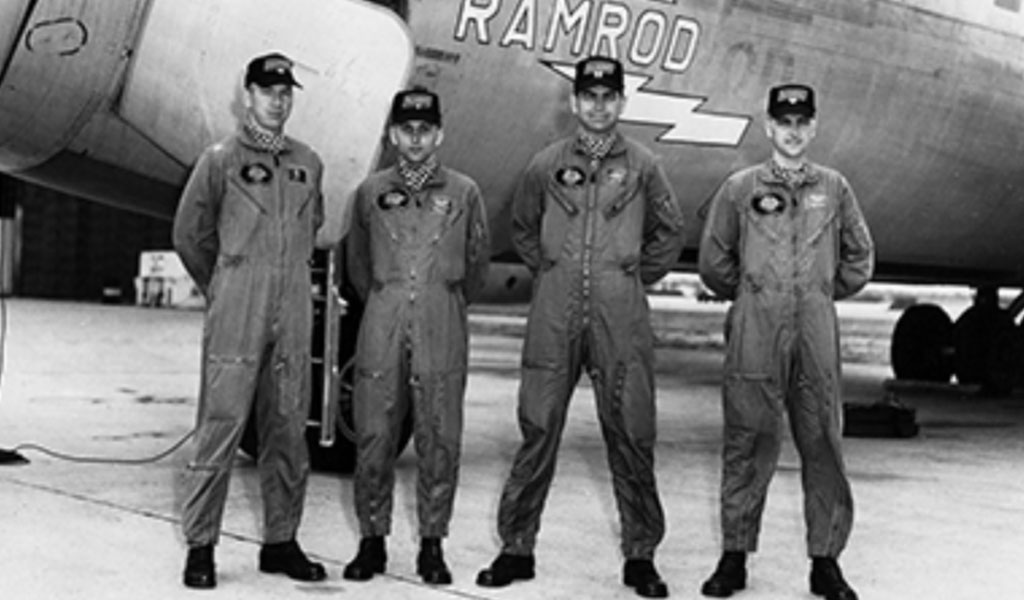Cuban Missile Crisis
It is certainly no exaggeration to say that the Cuban Missile Crisis in October, 1962 was the most dangerous incident occurring during the decades-long Cold War between the Free World and the Union of Soviet Socialist Republics (USSR). In this article I tell my personal story of that period as a Crew Commander in the Strategic Air Command KC-135 jet aerial refueling tanker force at Westover Air Force Base, Massachusetts.
During the Cold War, the Strategic Air Command (SAC) B-52 bomber and KC-135 tanker forces were constantly “on alert” at multiple bases, 24 hours of every day. Known as the “SAC Alert Force”, every one of those airplanes and crews had a specific, pre-planned mission involving a retaliatory attack against specific targets in the USSR or a Communist satellite country.
On Alert
Being “on alert” meant that the bombers and tankers were continuously guarded and parked in special areas near the runways. The flight crews resided in special buildings near the airplanes on the flight line, maintaining the capability to quickly respond by running to the airplanes, starting the engines, and taking off. The reason for haste was the threat of Russian missiles being fired from Soviet submarines off the US coast with the capability of attacking and crippling the US strategic bomber and tanker forces in just a few minutes.
Practice alerts were constantly conducted, to ensure that the crews could always get to their airplanes and take off in minimal time. One can imagine the tremendous time, effort and expense – for many years –of maintaining the huge SAC bomber and Tanker Alert Force as described above. The reason was very simple: a firm belief by US leaders in the willingness and ability of the USSR to attack our strategic forces. To deter such an attack on our strategic forces by the USSR, maintenance of a credible and invulnerable capability to respond to any attack from the USSR was essential.
An Act of War
When the missile launch facilities under construction in Cuba were discovered by U-2 aerial photography, the US viewed it as an aggressive activity, virtually an act of war. Intermediate range missiles launched from only 90 miles away from the US would be able to hit American cities and bases in a matter of minutes—an intolerable danger to the US homeland.
B-52 Bombers Aloft and Armed
It was then that the entire SAC force – many hundreds of bombers and tankers — was put on increased alert. A continuous “parade” of flying B-52 bombers armed with nuclear weapons was kept aloft 24 hours each day. Their various routes took them across the Atlantic Ocean and into the approaches of the USSR where they could be seen on Russian radar.
Flights Lasting Nearly 24 Hours
Every B-52 flew missions that lasted nearly a full 24 hours, involving multiple refuelings from tankers based both in the US and in Europe. When the bomber and tanker crews were not airborne on missions, they were living aboard the airplanes on the ground, monitoring the radios, ready to launch at a moment’s notice.
During the most intense days of the crisis, my tanker unit sent out twenty-two (22) sorties each day having a duration of three hours and fifteen minutes, each sortie offloading 113,000 pounds to a single B-52 in about twenty minutes of contact. The effort to prepare that many airplanes every day and transfer that much fuel, involved Herculean efforts and great expense.
Like a Scary Movie
During that period, the atmosphere on the base was like an implausible, frightening movie. All crewmembers wore firearms believing that they were very close to actual hostilities. We were worried about our families, who were alone in the housing area, out of contact. Many dependents moved to the North, out of the state, certain that if World War III started, our base would be one of the first hit.
One of the strange occurrences during the crisis was the broadcasting of Communist propaganda messages on the International Time Clock Station, WWV. That station broadcasts a simple time signal on High Frequency (HF), continuously giving precise time reports for use in celestial navigation. All crewmembers are accustomed to getting “time hacks” on WWV and it was a genuine shock to hear a loud voice break into the transmission with threats and accusations about how “President Kennedy is going to cause World War III”….in English, with a strange accent.
A U-2 Shot Down Over Cuba
Saturday, 27 October 62, a U-2 flown by Major Rudy Anderson was shot down over Cuba. On the same day, also not known to the public at the time, another U-2 flying near Alaska had severe navigational problems that caused an overflight of the eastern Soviet Union. Although thought by the Soviets to be deliberate at the time, it was later learned that the inadvertent overflight was caused by a mistake the pilot had made in performing “grid navigation”, a method necessary in the Arctic regions.
President Kennedy and Soviet Premier Krushchev
During the crisis, behind the scenes and unknown to the public, diplomatic contacts were underway and President Kennedy and Soviet Premier Krushchev exchanged two formal letters. The crisis was finally resolved by Krushchev’s making a commitment to remove the missiles from Cuba.
After the crisis, the SAC Alert Force returned to its pre-crisis posture, continuing in that posture for several more years. Today, the round-the-clock, 24/7 SAC Alert Force of bombers and tankers no longer exists.
Col. Woodhull’s story and many more veterans’ stories can viewed on our “Living Histories” page.
Telling their stories is one way we honor veterans at the museum. Currently closed for the creation of new exhibits and annual winter inventory, the museum will re-open for 2024 on March 1. Please come back if you have visited before to see the exciting new exhibits. Open hours will be 11:00 AM to 3:00 PM Tuesday-Friday, beginning March 1.
Article written by Richard G. “Duke” Woodhull, Jr., Colonel, USAF-Ret.

Top photo: Far left, Captain Woodhull with his KC-135 tanker crew in 1962 (KC-135 in the background)
Left photo: Woodhull at a U-2 Pilots’ Reunion, October 2022
Richard G. “Duke” Woodhull, Jr.
Colonel, USAF-Ret.
Richard G. “Duke” Woodhull, Jr. (Colonel USAF, Retired) is a Command Pilot with 6500 hours of military flying. During his 30-year USAF career (1955-1985), he held multiple command, staff and diplomatic positions.
His Cold War and Vietnam War operational flying qualifications include the U-2 high altitude reconnaissance aircraft and KC-135 tankers, among others. He and his wife, Ann, have lived in Transylvania County since 1997. He volunteers at the Veterans History Museum of the Carolinas.



Nice to see these men not forgotten all of these decades later. I remember the time very well. My father was the U-2 wing commander during the Cuban Missile Crisis. I was 8 then. Ten days ago I turned 70.
Thank you,
John Des Portes
Mesa, Arizona